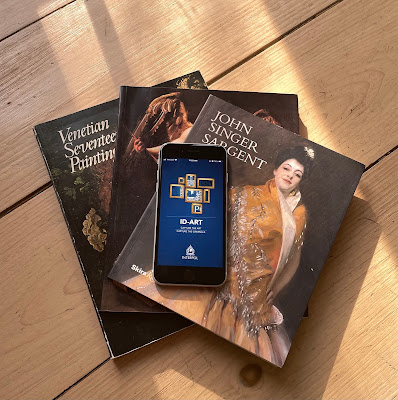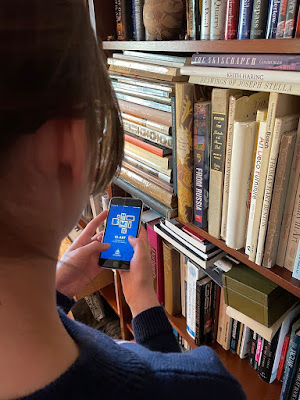 antiquities,Antiquities Trafficking Unit - ATU,Carabinieri Tutela Patrimonio Culturale,cultural property,illicit antiquities,illicit trafficking,Manhattan District Attorney,restitution
antiquities,Antiquities Trafficking Unit - ATU,Carabinieri Tutela Patrimonio Culturale,cultural property,illicit antiquities,illicit trafficking,Manhattan District Attorney,restitution
 No comments
No comments
Ceremony on the return of 58 antiquities to Italy
On Monday, January 23, 2023, at 1 pm in Rome, a formal ceremony will be held regarding the return to Italy, from the United States, of 58 antiquities valued at nearly $19 million. This event will be held at the Ministry of Culture's Sala Spadolini inside the Consiglio Nazionale al Collegio Romano.
The objects returned are the direct result of investigations in the United States regarding international traffickers of antiquities conducted by the Antiquities Trafficking Unit at the District Attorney's Office in New York in Manhattan, in collaboration with the Comando Carabinieri Tutela Patrimonio Culturale (TPC).
Present for the event will be the Italy's Minister of Culture, Gennaro Sangiuliano, the Deputy Prosecutor of the Republic at the Court of Rome, Angelantonio Racanelli; the Commander of the Carabinieri TPC, General B. Vincenzo Molinese; and New York Assistant District Attorney Col. Matthew Bogdanos.
This event will be direct streamed via the YouTube channel of Italy's Ministry of Culture for those who wish to attend the ceremony digitally.
https://www.youtube.com/watch?v=x-RcYKNBHtk&ab_channel=MiC_Italia
 |
| Marble head of Athena, ca. 200 BCE |
In discussing these returns in a press release issued by the New York County District Attorney's Office, the New York authorities stated that these artefacts had been trafficked by Giacomo Medici, Giovanni Franco Becchina, Pasquale Camera and Edoardo Almagiá. Twenty one of the pieces had been seized from the Metropolitan Museum of Art while the other thirty-seven were recovered from a New York collector and an antiquities dealer.
When speaking of these objects homecoming to Italy, Manhattan District Attorney Alvin L. Bragg, Jr., was quoted as saying:
“These 58 pieces represent thousands of years of rich history, yet traffickers throughout Italy utilised looters to steal these items and to line their own pockets. For far too long, they have sat in museums, homes, and galleries that had no rightful claim to their ownership.”
Discussing the recent Italian restitutions Bragg also addressed the difficulty and time needed to work these complicated cultural property crime cases stating:
“Exposing these schemes takes years of diligent and difficult investigative work, and I applaud our team of prosecutors and analysts, who in coordination with our law enforcement partners, are continuing to make unparalleled progress in returning stolen antiquities.”
Assistant US District Attorney Col. Matthew Bogdanos, who heads up the Manhattan Office's Antiquities Trafficking Unit, and who will be present at Monday's ceremony, has often related his department's work to an axiom of jurisprudence “that justice should not only be done, but should manifestly and undoubtedly be seen to be done.” R v. Sussex Justices, ex parte McCarthy, 1 KB 256, 259 (1924). Something this publicly streamable restitution will undoubtedly demonstrate.
Each of these objects should be viewed as a reminder to collectors, dealers, and art institutions, that the US authorities treat stolen cultural property seriously and public prosecutors continue to pursue the rightful return of plundered goods.













































